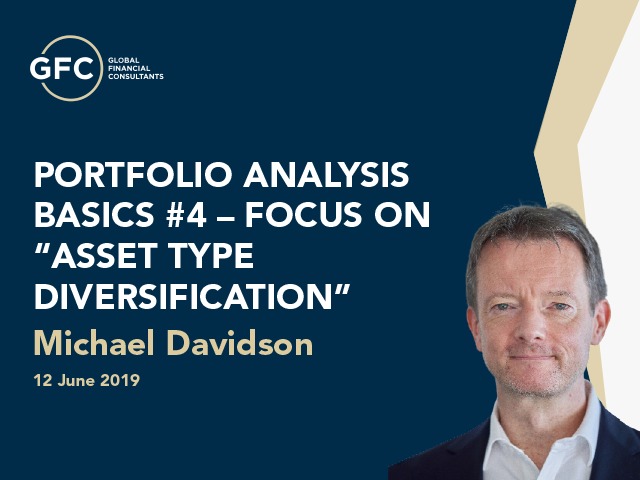Diversification can be neatly summed up by the well-known phrase “not putting your eggs in one basket”. In the context of investing, the “eggs” can be thought of as the funds or other assets held within the “basket” of a portfolio.
There are various different types of diversification to consider when investing:
- Management: choosing two global equity funds rather than one, so as to reduce the risk to the portfolio of one manager’s strategy suddenly underperforming (possibly due to a change in management).
- Currency: choosing assets denominated in a range of currencies (USD, GBP, EUR) beyond the currency of the cash invested.
- Sector: choosing a variety of industries and services rather than only buying, for example, technology-related assets.
- Region: choosing a variety of locations rather than only investing, for example, in China-based assets.
- Asset Type: choosing an appropriate mixture of equities and bonds, rather than putting all of your money into equities.
This article will focus on arguably the most critical of the above; diversification of Asset Type.
So, what are the benefits of Asset Type diversification?
Put simply, choosing the correct blend of asset types for a client’s portfolio (tailored to the client’s risk profile) determines the level of volatility of the portfolio returns over time. If a client has an overly-aggressive portfolio for their capacity for risk, this may result in the classic self-destructive behaviour of “selling low” during a dip in the market, due to the client’s emotional overreaction to that event.
For a crystal clear illustration of the statement above, I’d refer you to the following two charts from JP Morgan’s excellent “Guide to the Markets”:

